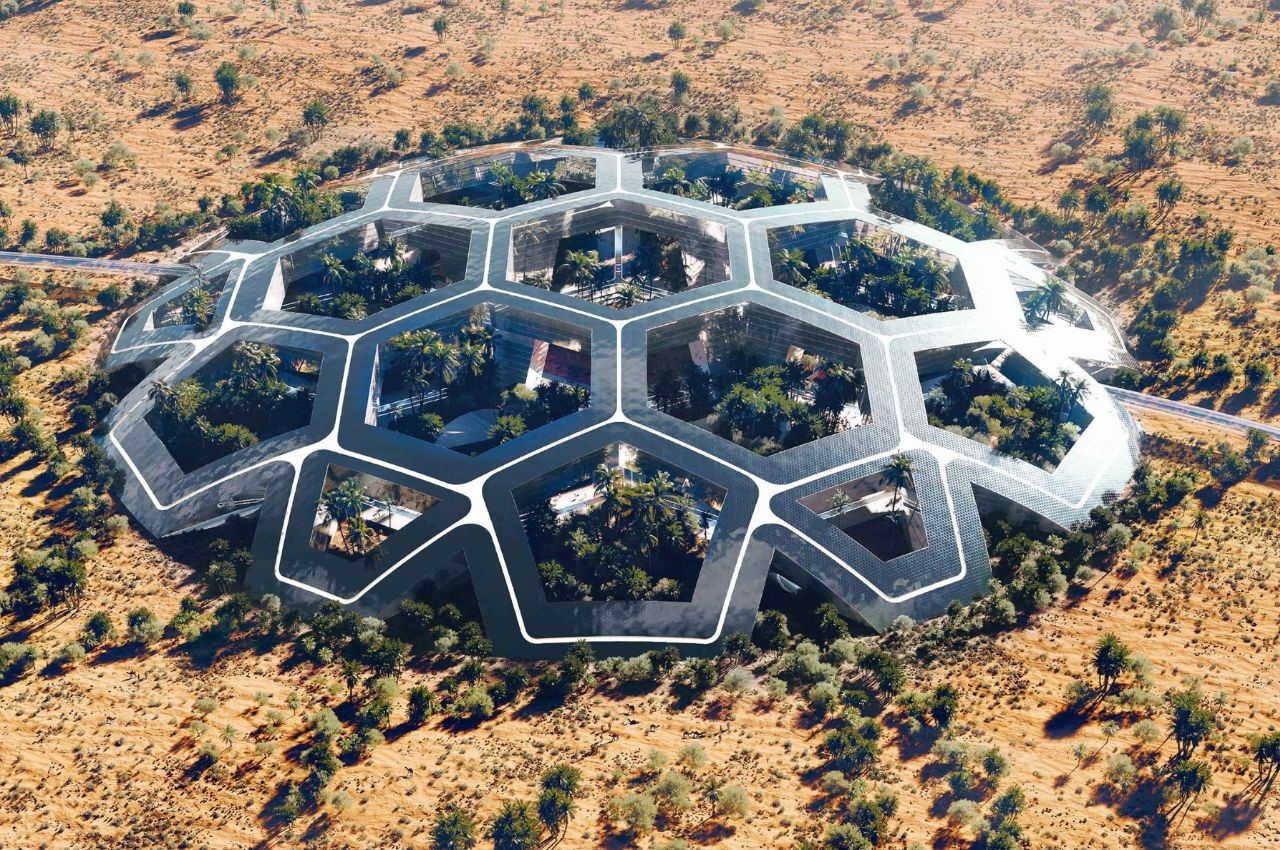
Biotech City is a groundbreaking concept in urban design that seeks to address today’s pressing environmental challenges through innovation and sustainability. This proposed domed city builds upon the legacy of bio-dome habitats, where systems are designed to be entirely self-sustaining. Biotech City offers an imaginative glimpse into the future of urban living, merging advanced technology with ecological harmony to create a resilient and green urban environment. This ambitious project represents more than just a city; it is a revolutionary plan for sustainable urban living in the 21st century.
Designer: ON-A
In contrast to traditional urban design, this city starts with a circular form, offering exceptional flexibility and freedom from conventional constraints. This unique approach allows the city to grow in multiple directions, creating a dynamic and adaptable urban landscape. The design evolution from a simple circle to a complex, protective dome reflects a careful and innovative planning process. The dome, inspired by nature’s protective forms, creates a unique atmosphere inside, blending architecture and engineering into a cohesive and functional whole.

The introduction of a hexagonal and pentagonal grid, based on Voronoi patterns, seamlessly connects infrastructure and green spaces. This design promotes a human-scale environment, enhancing the quality of life for residents. The dome’s structure goes beyond being a mere roof; it becomes a multifunctional building that blurs the lines between architecture and engineering, fostering a sustainable and harmonious urban ecosystem.

Biotech City is meticulously designed to adapt to extreme climates. Its form is tailored to the specific environmental data of each location, ensuring optimal resilience. In temperate zones, the city adopts open configurations to benefit from natural ventilation, while in arid regions, it uses opaque structures to shield against solar heat. This adaptability redefines urban resilience, demonstrating a perfect blend of sustainability and innovative design suitable for diverse environmental settings.
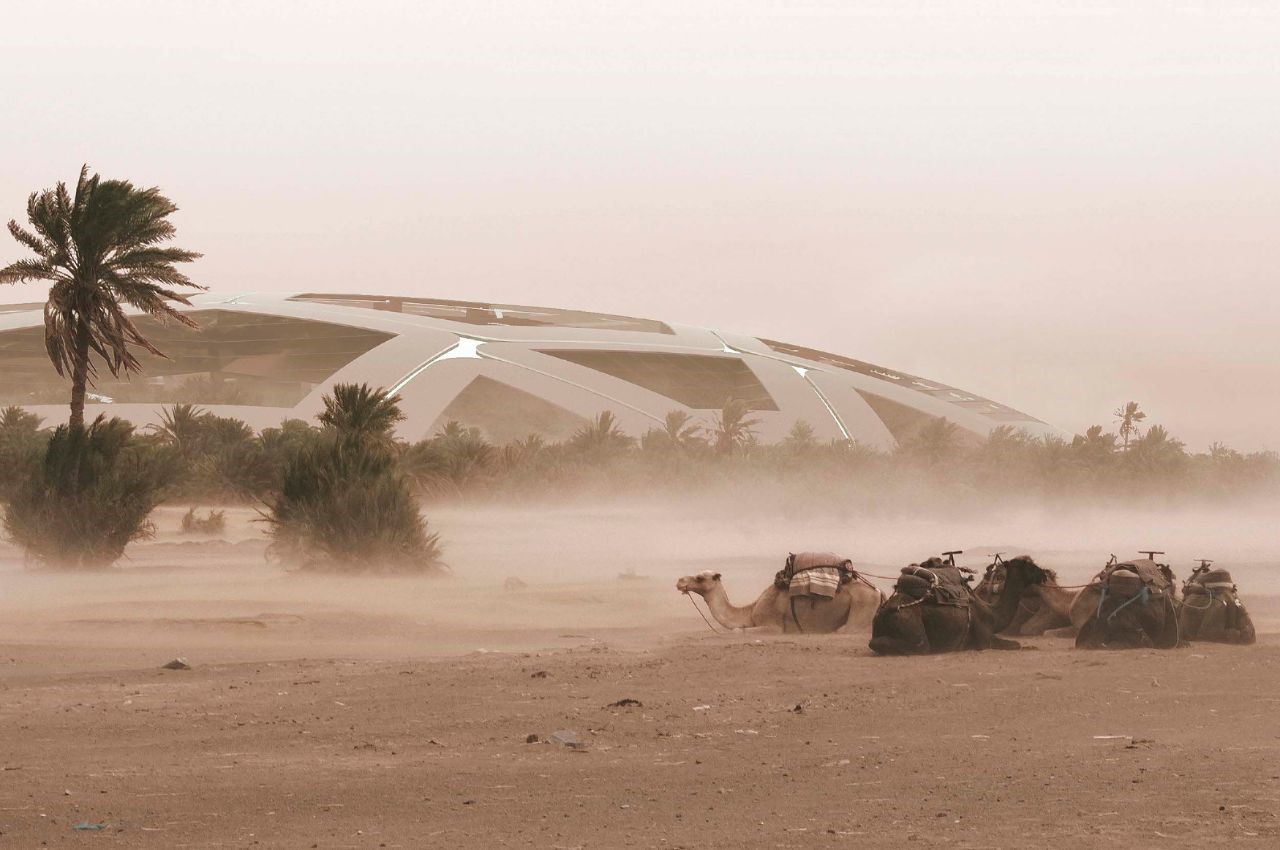

The self-sustaining dome design features hexagon-shaped roof panels that integrate solar technology, providing clean energy to the entire system. The dome at Biotech City rises majestically, merging architecture, engineering, and biotechnology into a single entity. This iconic structure is the heart of the city, symbolizing the successful collaboration between diverse disciplines.

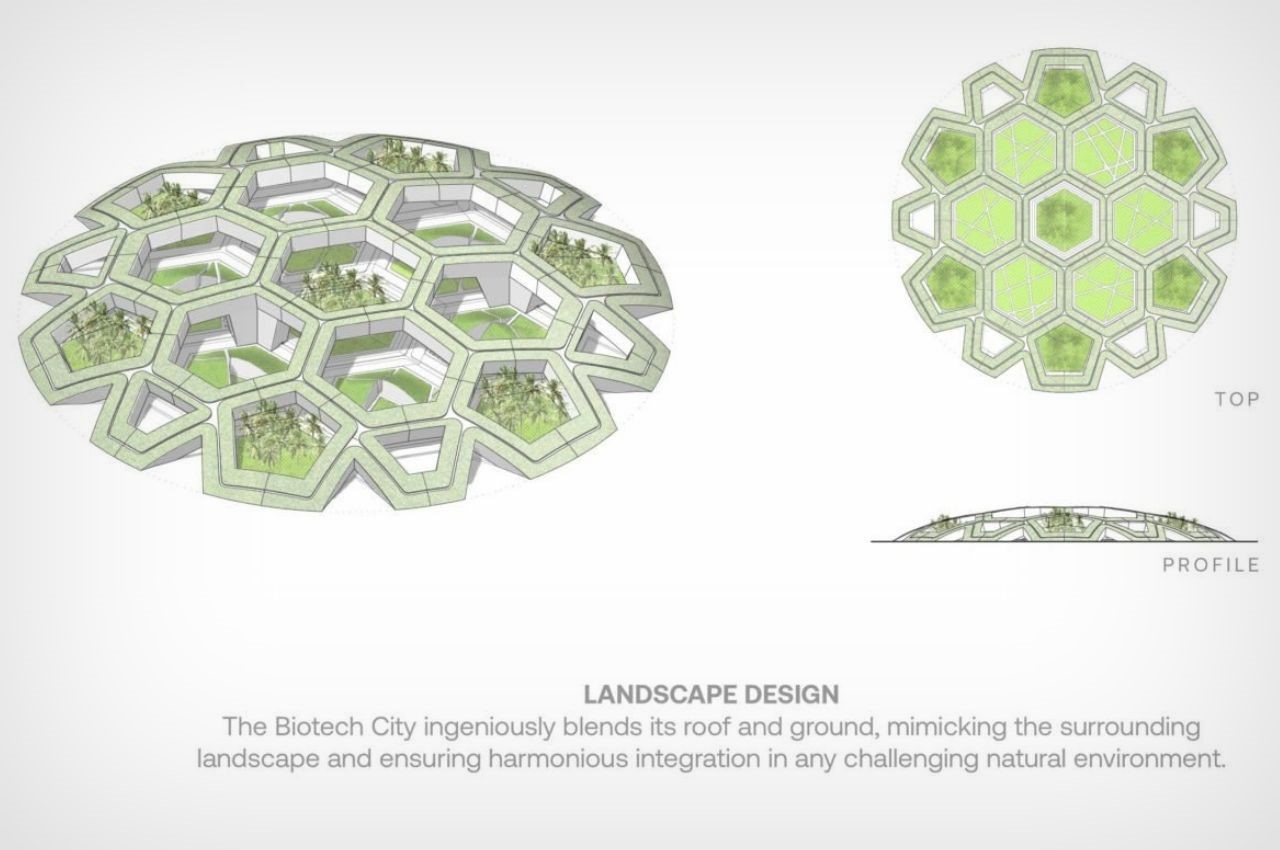
The city seamlessly integrates nature with the urban environment. Lush vegetation, interactive landscapes, and living elements coexist in perfect symbiosis, creating an urban living experience that fosters a deep connection with the natural world. This innovative approach not only beautifies the city but also leverages biotechnology for a deeper coexistence with nature. Embedded biotechnology systems enhance air quality and overall well-being, creating an environment where residents thrive in harmony with their surroundings.
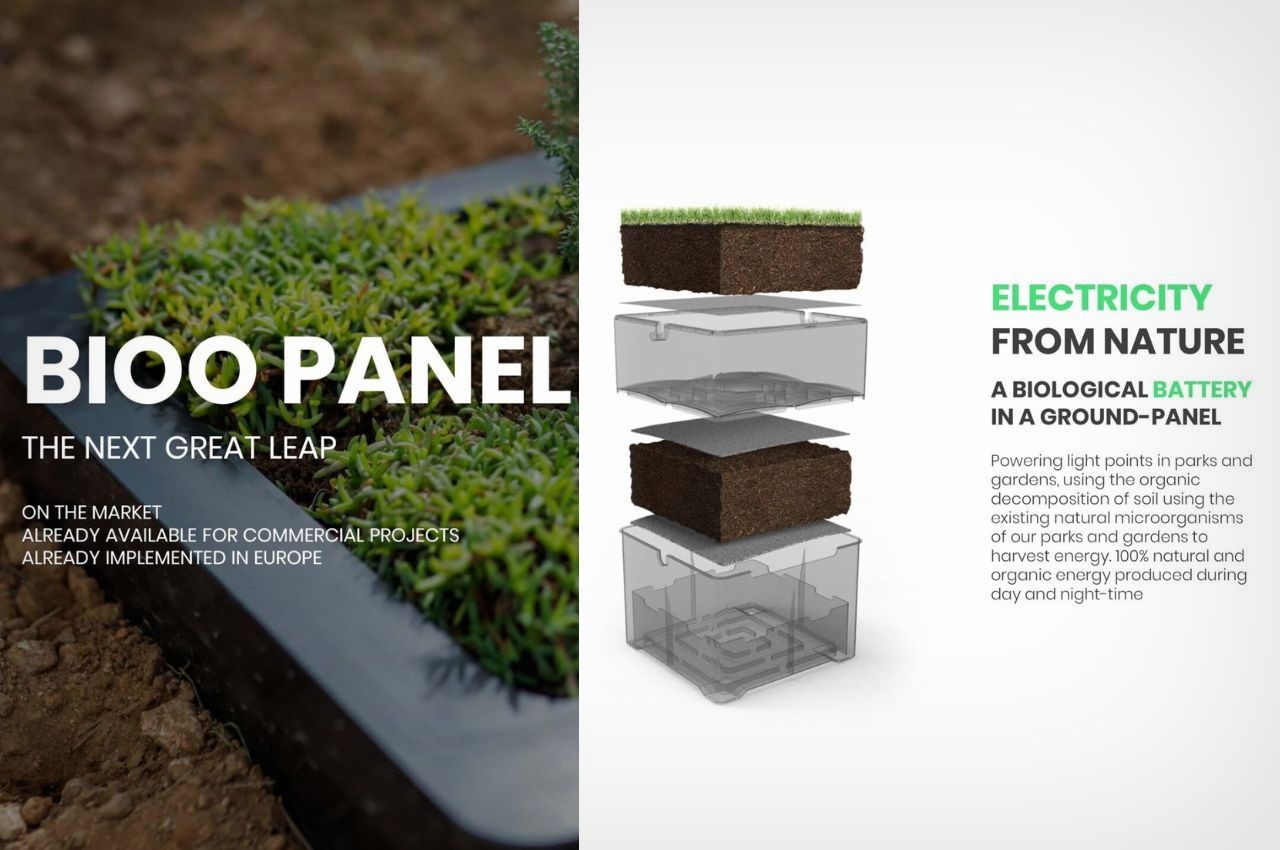
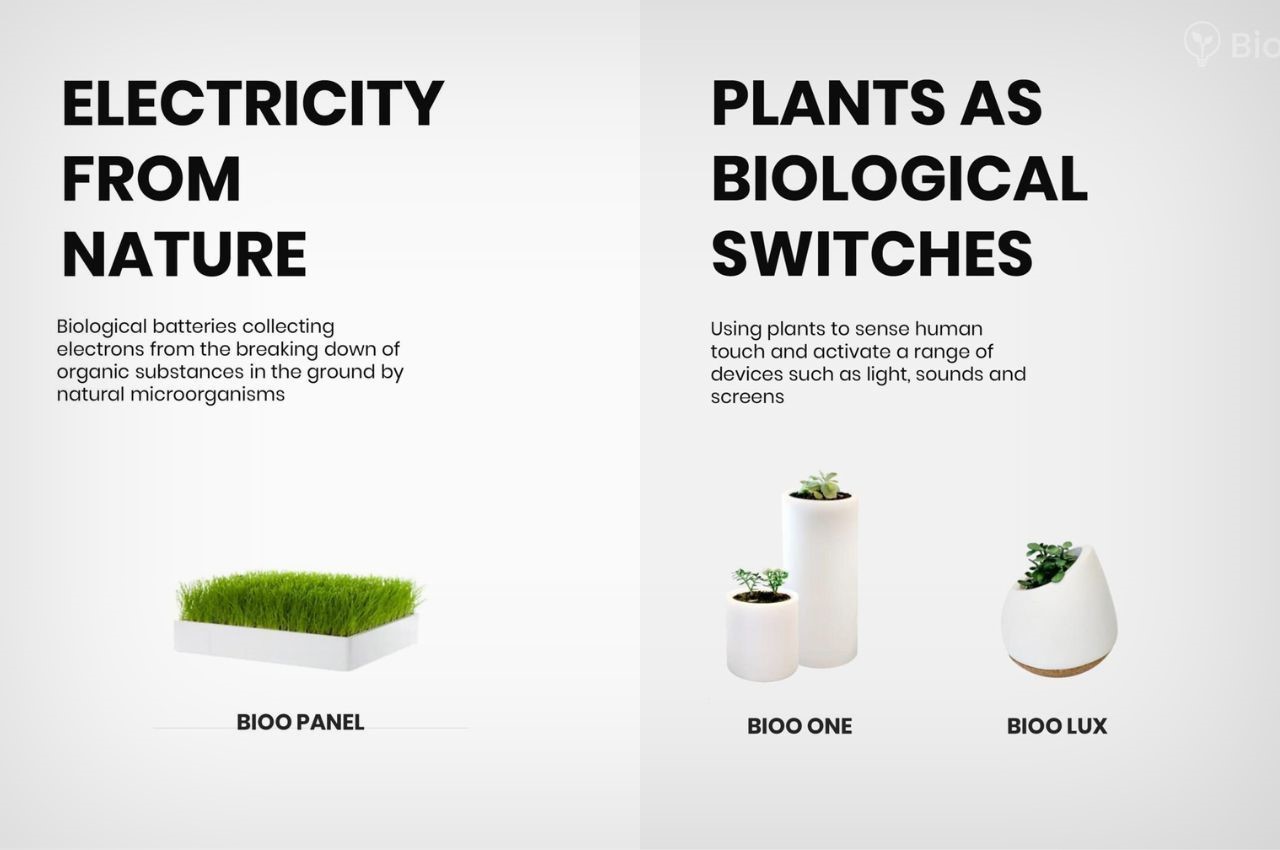
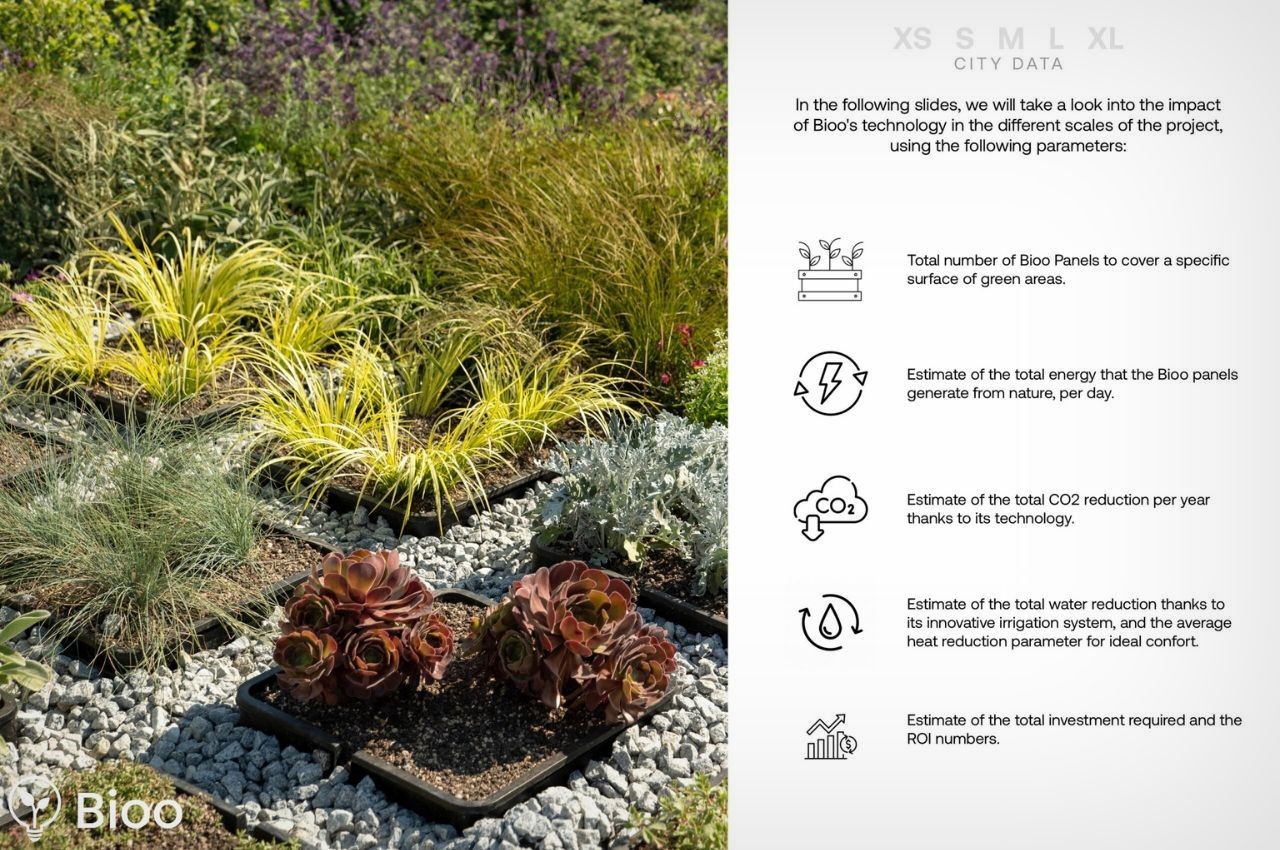
Biotech City’s ambitious vision for sustainability is made possible through collaboration with BIOO, a leading biotechnology company. Together, they redefine the boundaries of sustainability and energy efficiency in urban design. By harnessing plant photosynthesis and microbial fuel cells, it integrates with nature and generates energy sustainably. This partnership exemplifies a strong commitment to merging architecture and green technology to forge a brighter, greener future.
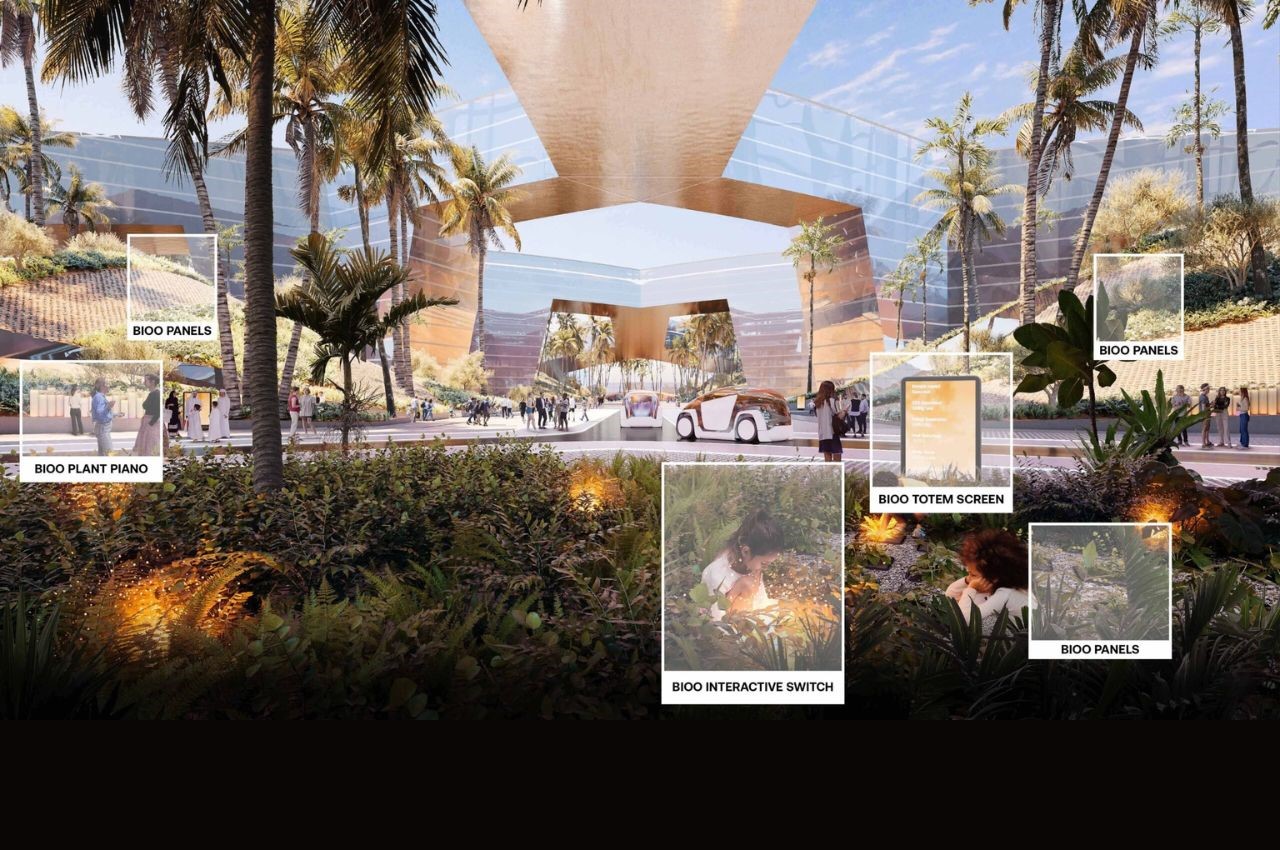
This city stands as a testament to human ingenuity and the potential for a sustainable future. This self-sufficient, climate-adaptable oasis harnesses the power of design, engineering, and biotechnology beneath its vast dome. As an inspirational model for urban living, Biotech City not only addresses current environmental challenges but also sets a new standard for urban development. Here, modern amenities and environmental stewardship go hand in hand, offering a visionary blueprint for how cities can thrive in the 21st century.

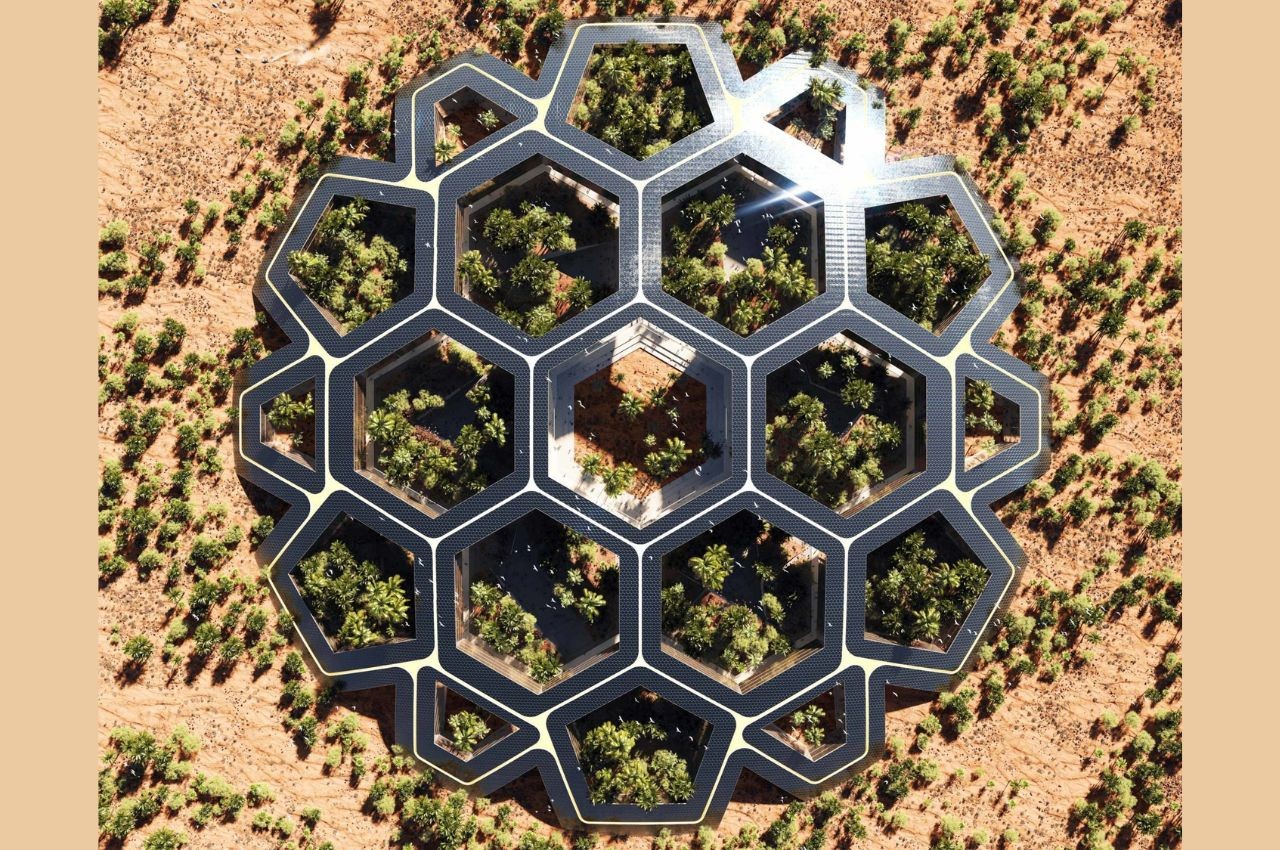
The post How Switching From A Grid To A Dome Model Helps City Planning For A Sustainable Future first appeared on Yanko Design.
from Yanko Design

0 Comments